Certified Strength and Conditioning Specialist Question Topics:
The National Strength and Conditioning Association’s (NSCA) Certified Strength and Conditioning Specialist (CSCS) certification is one of the premier credentials in the world of athletic performance training.
Members who hold this credential are certified by the NSCA to train athletes for the purpose of increasing their strength and conditioning. Since strength training and conditioning encompasses a wide array of knowledge including human anatomy, physiology, nutrition, biomechanics, and administration, you’ll need to study a variety of topics to prepare for the CSCS exam.
If you’re seeking to obtain certification as a strength and conditioning specialist, it’s likely that you already have significant knowledge and experience in the applied portion of this exam. However, knowledge of exercise and programming alone will not get you through the Certified Strength and Conditioning Specialist exam.
As a certified strength and conditioning specialist, you will need to be able to answer strength and conditioning questions that are science and exercise physiology based. Not only do you need this knowledge to pass the CSCS exam, but you should know these things in case you get asked by an athlete or client.
The whole purpose of the strength and conditioning specialist certification is to verify that the strength and conditioning coach knows the science and reasoning behind the strength and conditioning exercise programming. If you don’t know the purpose and method behind the protocol, then you’re just another coach making things up or doing things the same way that you learned when you were an athlete.
Neither of those things helps your athletes or helps to advance the field of strength and conditioning training. Without method and science, you’re someone that yells at athletes in a weight room. Take your studies seriously, even if it doesn’t seem like you’ll ever use scientific foundations material in your training facility. Here are some CSCS question topics that you’ll likely run into during the Certified Strength and Conditioning Specialist exam.

Deadlift Questions — The deadlift is a fundamental exercise for strength training that targets multiple muscle groups, including the lower back, hamstrings, and glutes. Learning the proper technique for this compound movement is essential to maximize its benefits while minimizing the risk of injury.
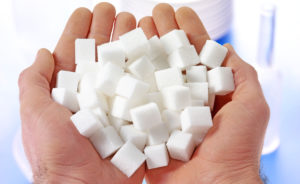
Glycolysis Questions — Glycolysis is one of the three basic energy systems of the human body (the Phosphagen System and the Oxidative System are the other two energy systems). Glycolysis involves the breakdown of carbohydrates (sugars) to create energy for movement. The carbohydrates used in glycolysis can come from either glycogen stores within muscle or from glucose delivered by the blood. Carbohydrates are metabolized in glycolysis to resynthesize adenosine triphosphate (otherwise known as “ATP”).
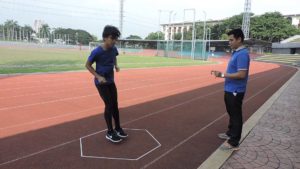
Hexagon Agility Test Questions — The Hexagon Agility Test is one of the various agility tests used to check athletes ability to move, and change directions, quickly. During the hexagon agility test, athletes jump from inside the hexagon to outside the hexagon, in various directions, while a strength and conditioning coach times them. The faster the time, the more agile the athlete.

Metabolic Demands of Various Sports Questions — Get a handle on the metabolic demands and energy systems of various sports and activities. Sports vary by overall event duration, specific activity duration, strength / cardiovascular demands, etc. By having a general understanding of the metabolic demands a given sport places on an athlete (and the various energy systems of the human body), you can prepare your athletes’ strength and conditioning program to address those needs. For example, a marathon runner will have much higher demand placed on their aerobic / oxidative energy system as compared to a competitive archer.
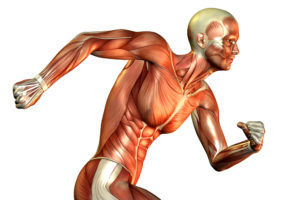
Muscle Fiber Involvement by Sport Questions — Different activities and sports use different types of muscle fiber. Get a general idea of what sports rely on specific types of muscle fiber for their activities. By understanding the types of muscle fibers and how they are engaged (in general) according to a given sport activity, you can make your athletes’ strength and conditioning program more efficient by focusing on their areas of need.

Muscle Fiber Type Questions — Muscle fibers come in different types. Learning more about the capabilities of the various muscle fibers will allow you to better train athletes for the specific demands of their sport activity.
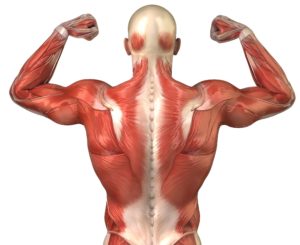
Muscle Macrostructure & Microstructure Questions — Can you tell the difference between the various macro and micro structures of muscle. These are basic questions that you need to know for the Certified Strength and Conditioning Specialist exam. In general, you probably will not be addressing these topics when you’re coaching athletes and developing strength and conditioning programs, but these type of questions make up a significant portion of the CSCS exam. Learn this material so you can score some easy points on exam day.
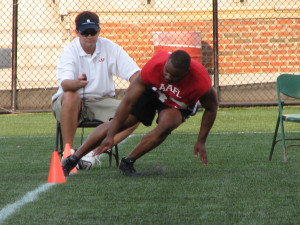
Pro Agility Test Questions — The Pro Agility Test is one of the various agility tests used to check athletes’ ability to move, and change direction, quickly. During the Pro Agility Test, an athlete sprints back and forth, between several lines on a field, while being timed by a strength and conditioning coach.
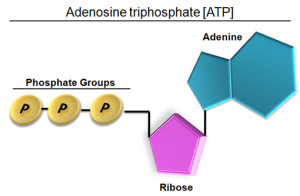
Phosphagen System Questions — The phosphagen system is one of the three basic energy systems of the human body (Glycolysis and the Oxidative System are the other two energy systems). The phosphagen system uses creatine phosphate to resynthesize adenosine triphosphate (ATP) during short-duration, high-intensity activity.
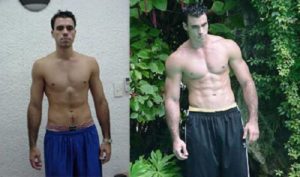
Physiological Adaptation Questions — Learn about how the human body adapts to strength and conditioning training. When you create a strength and conditioning program, you will need to have a general idea of what that program is going to do to your athletes. Will their strength increase? Will their muscle size change? How will resistance training affect muscle enzyme activity? Will muscle energy storage change? How will training affect their connective tissues and body composition?